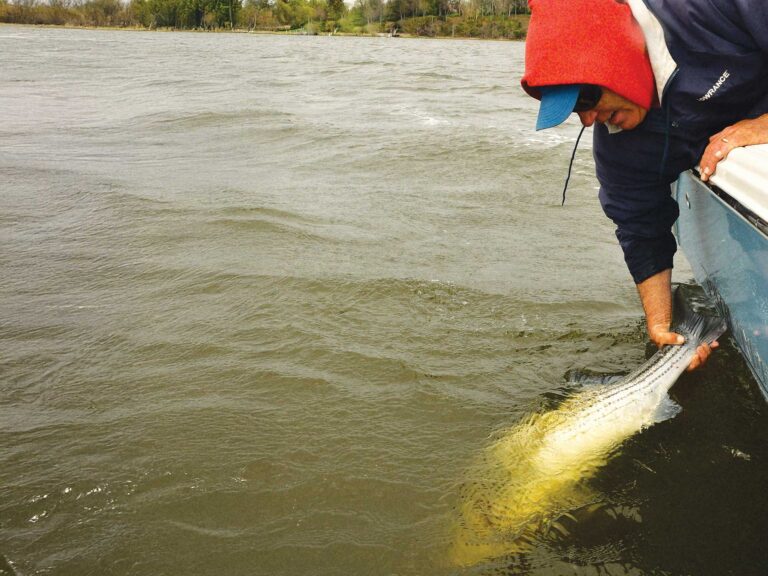Sea Tow offers these tips from U.S. Coast Guard-licensed captains preparing boaters for the start of boating season in the South.
1. Do your annual maintenance. Whether you work on your boat and engine(s) yourself, or take them to your dealer or service shop, make sure your maintenance is up to date. The manufacturer’s recommendation to service the engine at “100 hours or annually” actually means whichever comes first, points out Capt. Kerry Kline of Sea Tow Central Florida Lakes. “I met a Sea Tow member who had 95 hours on his engine and was waiting for it to hit 100 hours before he did the maintenance,” says Capt. Kline. “The problem was, the last time the engine had been serviced was four years earlier, when he bought the boat.”
2. Inspect the water pump. If the pump has dried out, or the impeller has disintegrated or is broken, it can do severe damage your engine the next time you run it. “I always recommend starting every season with a new water pump,” says Capt. Ryan Pratt of Sea Tow Treasure Coast in Jensen Beach, Florida. “In the grand scheme of things, it’s a lot cheaper than having to repair or replace an engine.”
3. Check the fuel filter. When today’s ethanol-enhanced fuel sits unused for three months or longer, it can precipitate out water. Remove the filter and pour some fuel into a cup to inspect it. Remove any water from your tank and change the filter.
4. Top off the batteries. The sun and heat in southern regions can evaporate the water in the batteries quickly. Top off batteries with distilled water, not tap water. Make sure all the terminals are clean and tight. Start your engine and let it warm up before leaving the boat ramp or dock to be sure it has a good charge and you won’t end up dead in the water.
5. Maintain your trailer. Re-grease the hubs or buddy bearings annually and check the tire pressure before heading out to the lake or river. “The number one cause of blowouts is an underinflated trailer tire,” says Capt. Kline. Don’t forget to put the drain plug back in your boat before launching it.
6. Inspect your lifesaving equipment, including fire extinguishers and flares, and replace any that have reached or passed their expiration dates. Replace damaged life jackets, and be sure you have the required number for your boat. Check that the kids’ PFDs still fit them well and keep a couple of extra life jackets in children’s sizes onboard for guests.









